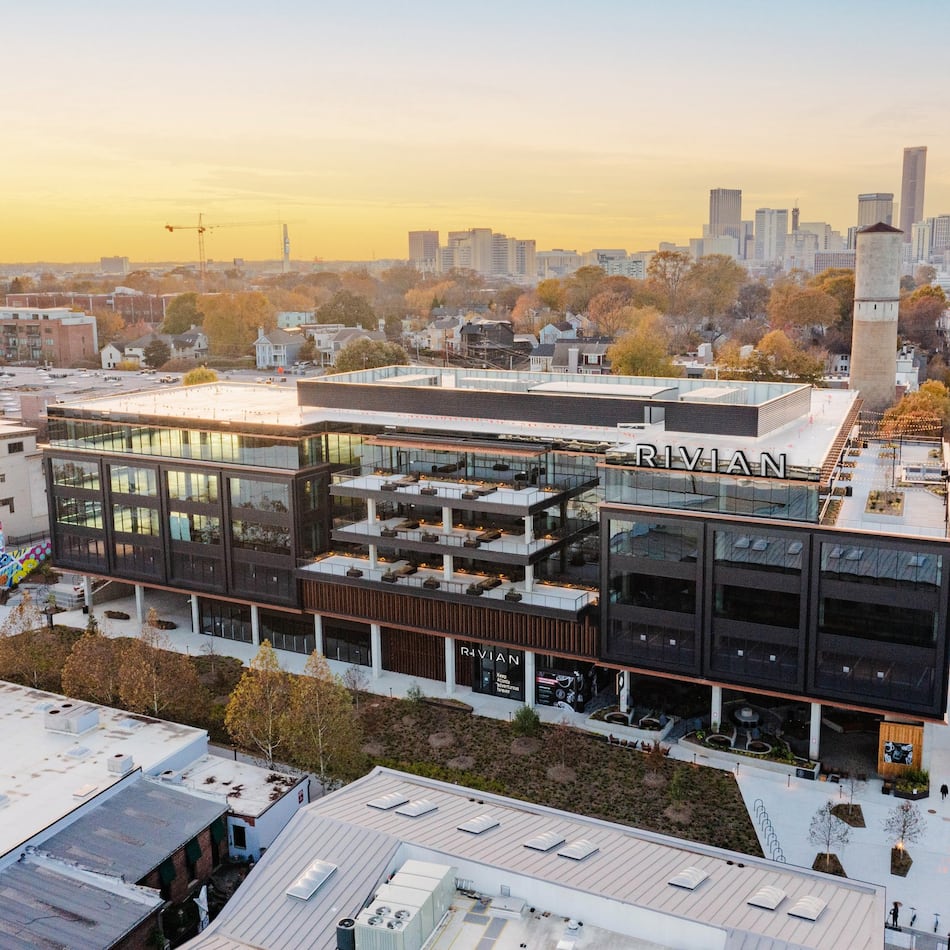Q: Our sweetgum leaves are falling, but the tree also rains tiny seeds. I thought only the gumball was the seed. — Bonnie Turcott
A: The gumball from a sweetgum is actually the seedpod. Each one contains dozens of seeds, which fall copiously to the ground if they aren't eaten by birds first. Like you, I have a sweetgum that rains seeds in a light breeze. I feel really lucky that they don't all germinate!
You may be interested to know that sweetgum seeds contain shikimic acid, the starting ingredient for making antiviral drugs to combat bird flu.
Q: I am attempting to overwinter a patchouli plant indoors. Last summer it was a huge, gorgeous outdoor plant. I’ve moved it inside to a window where it gets pretty good light, but the leaves continue to turn yellow. — Beth Phillips
A: Patchouli, Pogostemon patchouli or Pogostemon cablin, is a tropical plant native to Southeast Asia. It grows there in the shade of large trees in soil that stays slightly moist constantly. It is sensitive to overwatering and to underwatering. Temperatures lower than 50 degrees make it wilt. Try to approximate the conditions it likes and see what happens. My suspicion is that it isn't getting quite enough light. Try placing a compact fluorescent bulb 12 inches from the plant.
Q: Recently I pulled vines from a pine tree and later developed itching and dryness between my fingers. Two weeks later, I pulled out English ivy and experienced the same reaction. Any thoughts? — Alan Sugar
A: It turns out that both English ivy, Hedera helix, and Algerian ivy, Hedera canariensis, are known to cause contact dermatitis in sensitive people. Both contain the allergen falcarinol. The allergic reaction seems to follow direct contact with the sap of the plants, not the leaves. This contrasts with poison ivy, where contact with any part of the plant can cause a skin reaction. Falcarinol is also found in carrots, ginseng and schefflera. The chemical is said to contain antioxidants that help fight cancer.
Q: My tree surgeon said pine was OK to burn in a fireplace. He said if it dries for a year in hot sun it will be fine. — Ernie Carlson, Newton County
A: He's right. It is a misconception that pine wood forms more chimney creosote than hardwoods. The speed of burning and the draft up the chimney have much more effect on creosote than the type of wood burned.
Creosote forms when wood stoves, not chimneys, are allowed to smolder all night. Any wood will deposit creosote if lots of smoke is produced.
Hardwood is more dense than pine, so it burns longer, but both can be enjoyed in your fireplace in winter.
Listen to Walter Reeves from 6 to 10 a.m. Saturdays on WSB-AM (750). Go to www.gardeningingeorgia.com for details on his TV show or visit www.walterreeves.com.
About the Author
Featured
